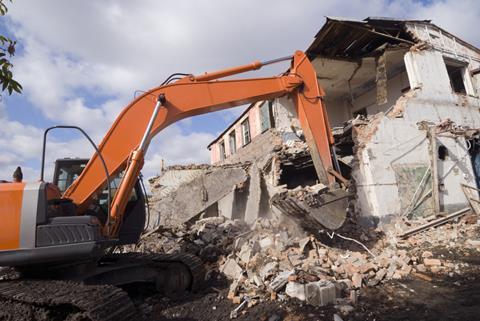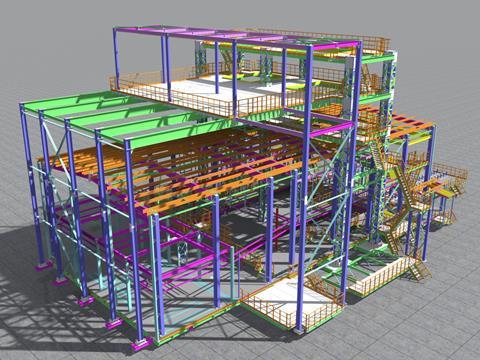Reusability of materials within existing buildings could be determined by scanning QR codes
Shoreditch practice Orms has unveiled a proposed new system for architects to gather information about materials in a building to decide whether they can be reused.
The concept, known as a material “passport”, would allow architects to use their phones to scan QR codes imprinted on materials within buildings to access information about them.
Users would then be able to view all of the recorded data on the scanned material, including product origin, fire ratings, structural information and maintenance information.

The approach is different from an existing EU scheme known as Madaster, which uploads BIM models on to a platform and tags materials contained in the model to create a register.
This can then be used to calculate the value of the materials in a completed building, but is less suitable for live projects as any changes to the BIM model would require materials to be retagged.
Orms的方法将使用护照从数据库中提取信息,然后反馈到BIM模型中,允许建筑师在现场项目中判断建筑材料是否可以重复使用。
这些信息也可以被过滤,这意味着从事不同建筑学科的人可以找到相关的信息,如设计特征、结构数据或维护记录。
According to the latest government figures, as much as 62% of the UK’s waste comes from the construction industry and demolitions.
Architect Rachel Hoolahan, who has led the research on the project, said the passports would allow much more information about materials in a live project to be stored and accessed than current methods.
“You would have lots more information, and therefore you could trust the material,” she said. ”A material passport is an identity document, in the same way that a normal passport tells you key information about me and tells you where I’ve been.”

She compared the ability to see information on used materials to selling a used car, saying: “You get a better return on your investment if you have a service history for your car, because it gives a buyer confidence in it.”
She said other ideas for how to manage material data have been suggested, but that Orms’ approach would provide an interactive view.“The thing that it’s reading is the database, so it’s live, it’s constantly being updated,” she said.
这项于本月启动的研究是格罗夫纳地产创新项目(Grosvenor Estate Innovation Project)的一部分,该项目与奥雅纳(Arup)、材料再利用专家埃利奥特·伍德(Elliott Wood)和赫塔(Heta)合作。
















No comments yet